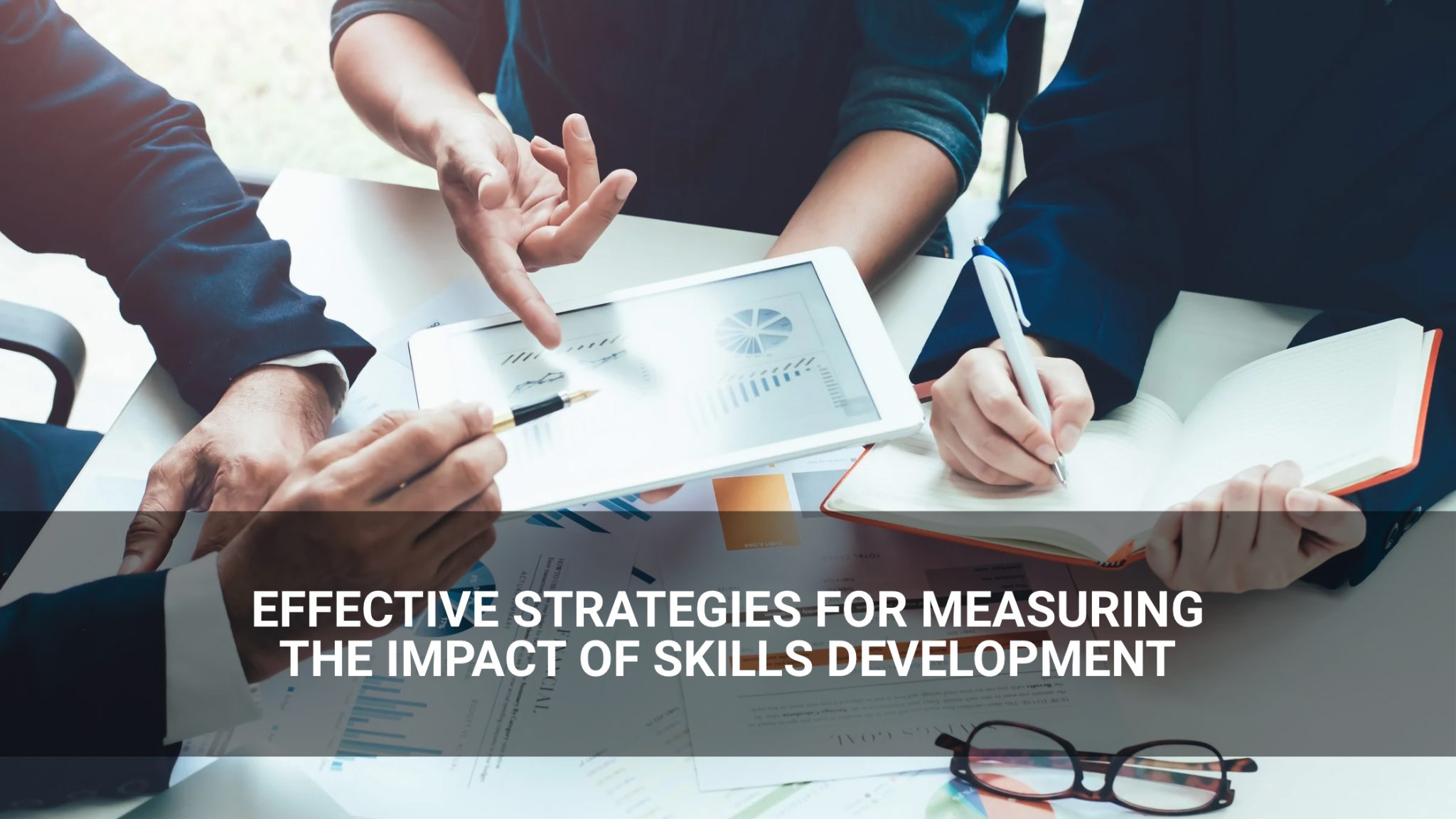You’ve invested time and money into upskilling your team—but how do you know if it’s actually working? Without clear measurement strategies, you risk wasting resources and losing momentum. Measuring the impact of skills development isn’t just about showing ROI; it’s about making sure your team is growing in ways that truly move your business forward.
In this post, we’ll explore five effective strategies to help you track the success of your training efforts. Each approach includes actionable steps and examples, so you can start assessing results today.
1. Define Clear Learning Objectives Upfront
Every training initiative should begin with clearly defined objectives. What specific skill or behavior change are you targeting? How will you know if that change occurred?
Example: Before launching a leadership development workshop, you set a goal: “Participants will be able to conduct effective 1-on-1 performance reviews.” After training, you ask managers to conduct reviews and evaluate them using a rubric. This ensures your measurement aligns directly with your objective.
2. Track Pre- and Post-Training Assessments
Use assessments to measure knowledge or skill gains before and after training. These can be quizzes, performance simulations, or self-assessments.
Example: A cybersecurity course includes a scenario-based quiz before and after the session. Scores improve by 40%, showing a direct knowledge gain. But don’t stop there—follow up in 30 days to see if retention holds.
🟣 *Need help identifying what to teach in the first place? *Start with uncovering skills gaps in your team.
3. Observe On-the-Job Behavior Changes
Improved knowledge is great, but behavior change is where skills development proves its worth. Set a baseline, then monitor changes in real work situations.
Example: After communication skills training, you observe that team meetings are more structured, with fewer misunderstandings and clearer action items. Use checklists, peer feedback, or manager observations to document improvements.
4. Analyze Key Performance Indicators (KPIs)
Tie learning outcomes to business results. This could include efficiency metrics, customer satisfaction scores, or sales performance.
Example: After product training, your support team handles inquiries 25% faster, and customer satisfaction scores rise. This links skills development directly to operational improvements.
Be sure to compare these metrics over a realistic timeline—training impact often takes weeks or months to fully show up.
5. Solicit Feedback from Employees and Their Managers
Sometimes, the best insights come from asking: Was the training useful? Are employees applying what they learned? Are managers seeing results?
Example: After a project management course, you survey both participants and their supervisors. Employees feel more confident leading meetings, and supervisors report fewer project delays. This qualitative data gives context to your metrics.
📣 Don’t underestimate employee voices—they’re essential when identifying skills gaps too.
Effective skills development isn’t a guessing game. With the right measurement strategies, you can prove the value of your training efforts and, more importantly, refine them for even better results. The key is alignment—between your learning goals, your metrics, and your team’s real-world responsibilities.
If you’re ready to get serious about learning outcomes and performance impact, we’re here to help.
📈 Let’s build a smarter training strategy that delivers real, measurable growth.
Explore our performance-focused workshops today »



